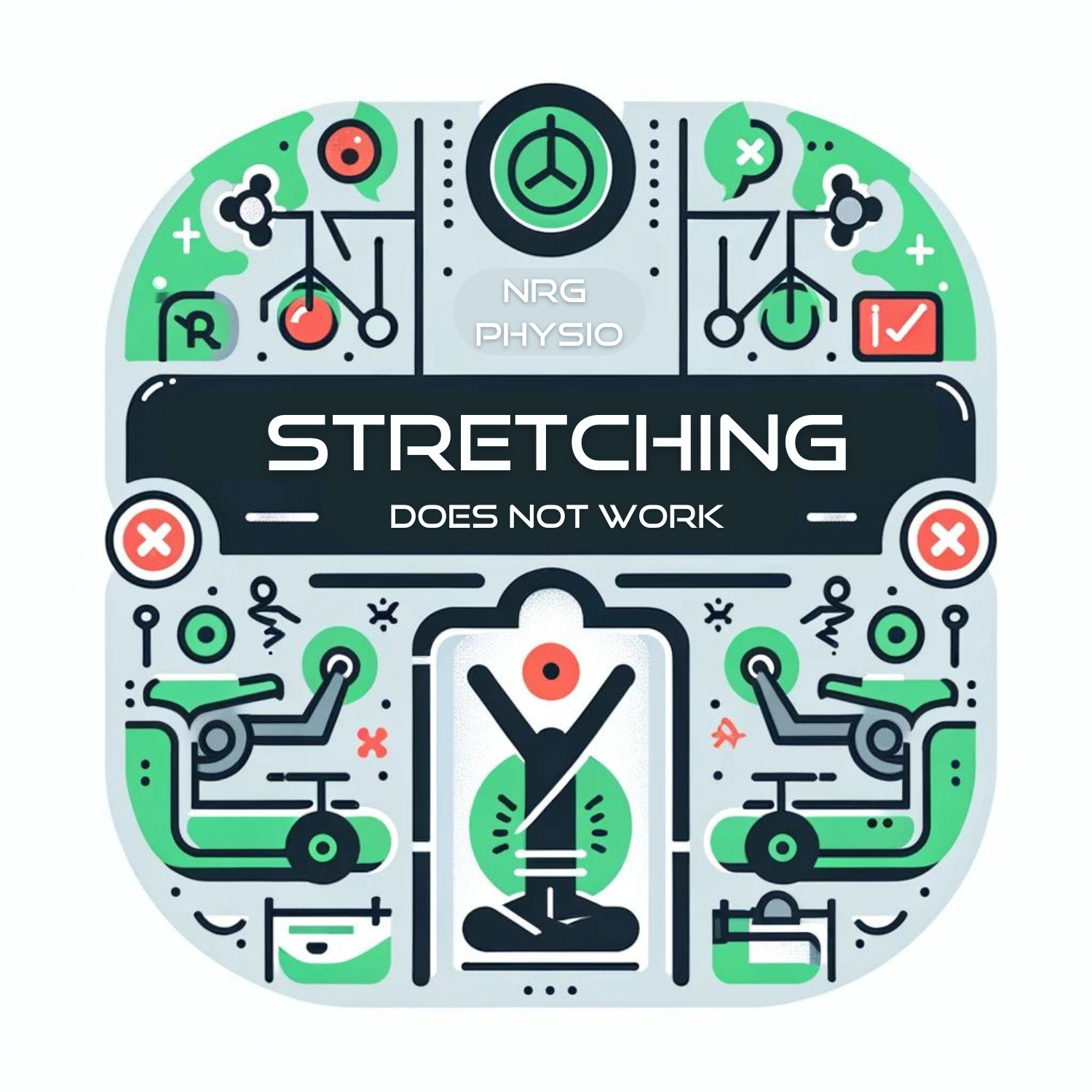Stretching Does Not Work

Stretching is one of the most highly recommended activities given by healthcare professionals for pain, tightness, or stiffness. It is a staple of traditional physical therapy and prescribed to every patient that walks throughout the door in almost every treatment center on the planet. But…
It is over-utilized, over prescribed, and allows clinicians to overlook deeper issues because it provides transient (temporary) benefits. So let’s talk about pain vs. tightness vs. stiffness. They can all be traced back to the same origin but they are very different.
Separating The 3
Pain – not related to muscle tension directly… but indirectly. Stiffness in joints and muscles create movement problems that lead to mechanical stress and breakdown. If tension were the source of pain, stretching itself would hurt and any movement that creates muscle contraction would be painful as contractions create tension. This would also mean “yogi’s” would be totally pain free all the time. Definitely not true because we have a physio practice with a schedule full of yoga participants.
Tightness – an overall shortening of the total length of a muscle and tendon (also known as contracture) and in this case stretching may actually be appropriate. Most people don’t actually have true tightness.
Stiffness – this is where most people are. It feels like “tightness” but is actually resistance to changes in position. the muscles are stiff and can not shorten and lengthen smoothly. Muscles become stiffness because an associated joint is lacking mobility.
All of these can be traced back to joint limitations that are born out of lifestyle habits like sitting too much. See the last post that talks about this…
So how do you make it work?
We see stretching temporarily improve range of motion and decrease pain because it transiently reduces the mechanical stressors, and allows minor changes in functional positions for short periods of time. But you can not stretch your way out of a joint stiffness. Joints have to be mobilized and restored in a specific way.
Only after you mobilize a joint and improved its available range of motion will stretching be truly effective. You muscles can not stretch past what a joint has available. To create actual change in muscle length and tension- mobilize the joint first to create more available joint motion. When you do this you will notice immediate increase in total range of motion. Unlocking the joint also unlocks the muscle. Then, focus on stretching the muscles around the joint to improve total muscle length that will allow the joint to maintain new mobility.
As a side note: stretching places muscles at end range in passive, static, non functional positions. This will not help you improve active, dynamic, functional positions. Joint mobilizations followed by functional stretches then topped off with loaded movement in the new range of motion will create functional mobility gains light years faster than just trying to stretch your way out of it.
For more content check us out at:








Recent Comments